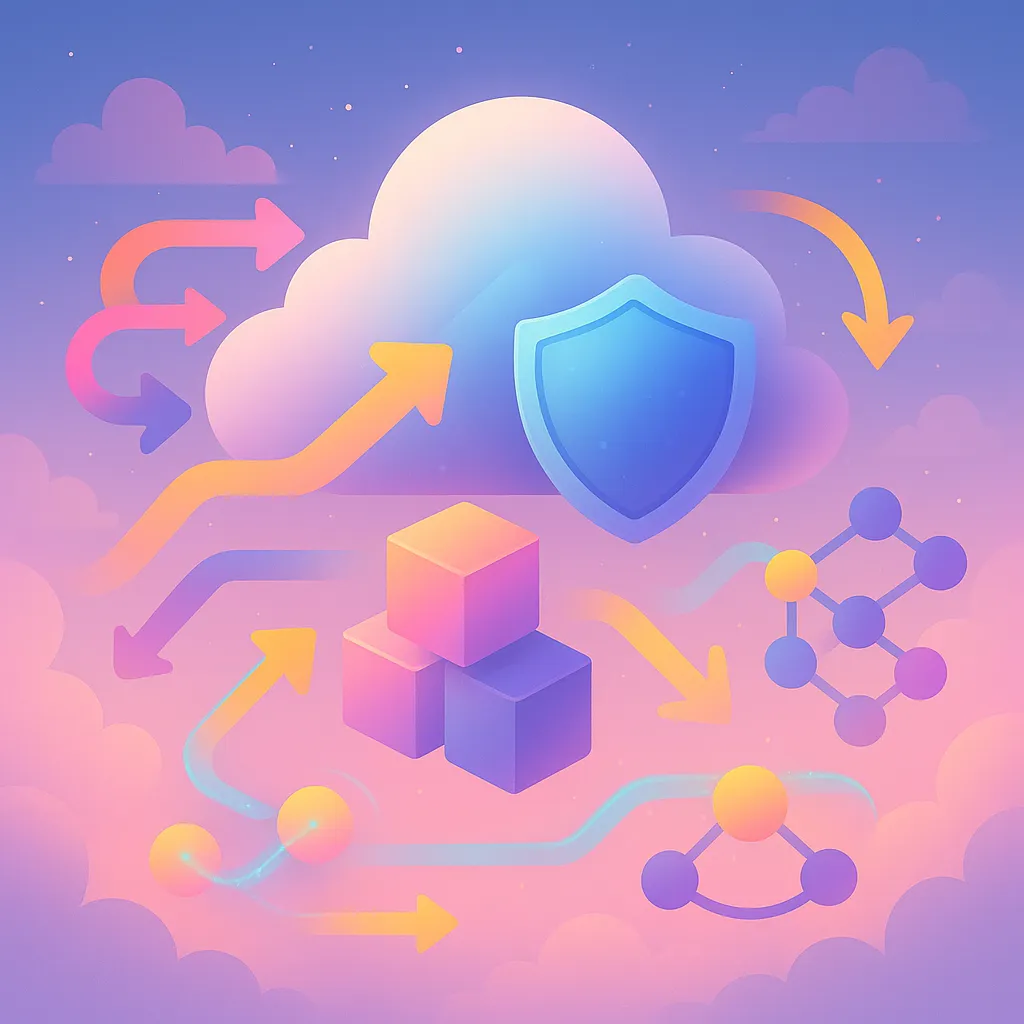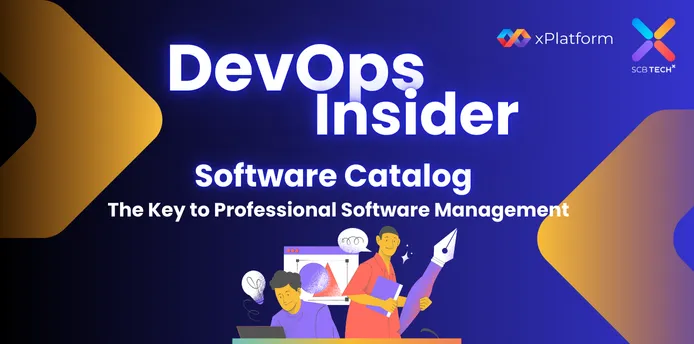From Past to Present: The Origins of Cloud-Native

More than a decade ago, most enterprise applications were still built as monoliths all functions bundled into a single block of code, running on physical servers in the company’s data center. Every update or feature release often required long development cycles, carried high risks of downtime, and became increasingly difficult to scale as organizations grew.
A major shift began with the rise of Cloud Computing and new tools such as Containers (Docker) and Microservices. These innovations allowed applications to be broken down into smaller services that could be developed independently, scaled easily, and deployed across any infrastructure whether public, private, or hybrid cloud.

Image source: https://kubernetes.io/images/kubernetes-open-graph.png
Not long after, Kubernetes was born at Google and later handed over to the CNCF as an open-source project. It quickly became the standard for container orchestration at enterprise scale. Today, Kubernetes is almost the beating heart of the Cloud-Native ecosystem.
What Does Cloud-Native Bring to Businesses?

- Speed and Agility
Development teams can release features incrementally instead of waiting for a large monolithic release, reducing development cycles and enabling businesses to respond faster to market demands.
- Resource Efficiency
Containers allow multiple services to run efficiently on the same machine, maximizing utilization and reducing infrastructure costs.
- Scalability
With auto-scaling, applications can instantly adapt to workload spikes, ensuring seamless performance during peak demand.
- Reliability and Resilience
Distributed architectures allow systems to keep running even if some components fail. Features like self-healing and rolling updates reduce downtime without disrupting services.
- Long-Term Cost Reduction
No need to invest heavily in physical servers. Instead, organizations pay only for what they use, thanks to the pay-as-you-go cloud model.
In short, Cloud-Native enables businesses to move faster, save more, and stay flexible ready to grow without being limited by traditional infrastructure.
Challenges Along the Way

Despite its many advantages, Cloud-Native is not without hurdles.
- High Complexity
Managing distributed systems with countless microservices requires strong skills and standards. Without them, complexity may overwhelm teams.
- Vendor Lock-In Risks
Relying too heavily on a single cloud provider makes migration difficult and may limit future flexibility.
- Security Concerns
Frequent communication between services and cloud-based data storage can introduce potential security gaps. Embracing Zero Trust principles and DevSecOps practices helps minimize risks and strengthen protection.
Adopting Cloud-Native requires careful strategy starting with small experiments, adapting processes and teams, and gradually scaling up.
However, if we can overcome these challenges, it will result in innovative solutions capable of supporting complex systems and operating with high efficiency.
The Road Ahead

Cloud-Native continues to evolve rapidly:
- Serverless Computing will simplify development further while lowering costs.
- AI/ML on the Cloud will expand for analytics and smarter systems.
- Edge Computing will power real-time use cases like IoT, autonomous vehicles, and telemedicine.
- Multi-Cloud and Hybrid Cloud strategies will help organizations avoid lock-in and leverage the best of multiple providers.
- Microservices + Kubernetes will remain the foundation of enterprise IT systems.
This future points toward even greater flexibility, agility, and seamless integration of technologies.
Conclusion
Cloud-Native is more than just a buzzword it represents a cultural and architectural transformation. It enables businesses to move faster, build more resilient systems, and optimize costs.
However, real success requires more than tools it depends on people, processes, and strategy. Building strong DevOps teams, enforcing security standards, and designing flexible architectures are all essential.
The transition to Cloud-Native may be challenging at first, but once achieved, it lays a solid foundation for sustainable growth and innovation in the digital era.
Looking for a DevOps solution that automates your workflow and reduces business costs? SCB TechX helps you modernize your delivery pipeline and bring high-quality products to market faster, building a foundation for long-term growth.
For service inquiries, please contact us at https://bit.ly/4etA8Ym
Learn more: https://bit.ly/3H7W




